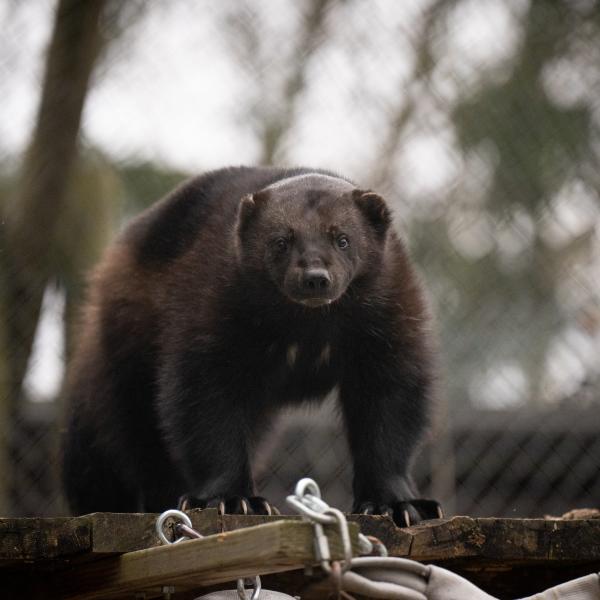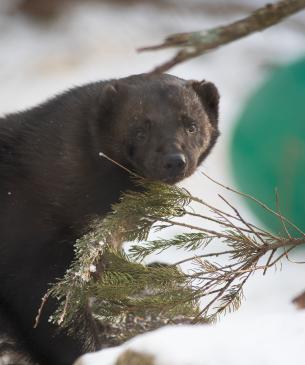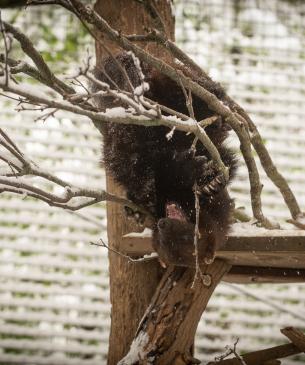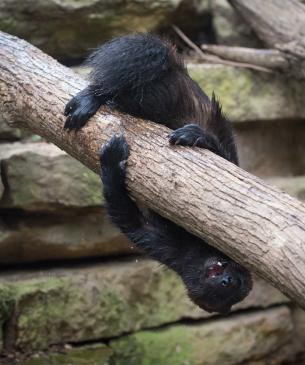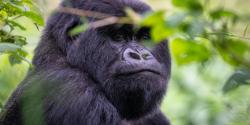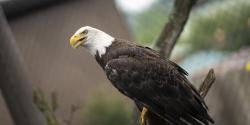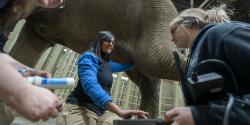The scientific name Gulo gulo comes from the Latin word for “glutton.”
Wolverines will often take advantage of opportunities and hunt when food is plentiful, even if they do not necessarily need to eat at the time. They store extra food in small holes or under the snow, which is called "caching." Wolverines rely on these caches and packed snow to survive through the winter, when food is harder to find.
Scientific Name: Gulo gulo
Conservation Status: Least Concern
Size: The body length from nose to tail ranges from 2 to 3 ft. Height at the shoulder ranges from 12 to 18 in.
Weight: 19 to 50 lbs., with the males generally larger than females.
Median Life Expectancy: Unknown

